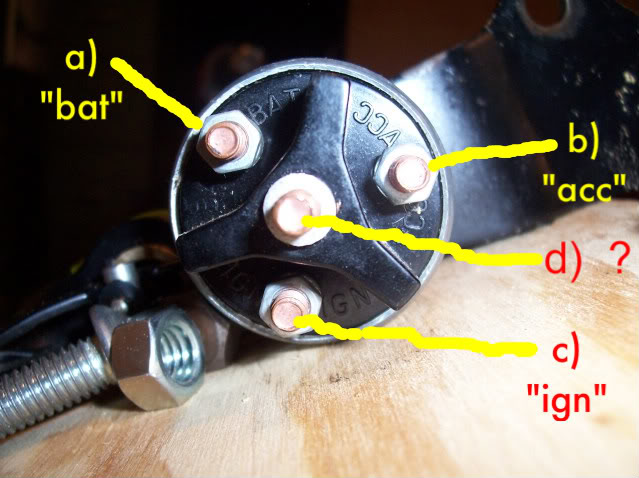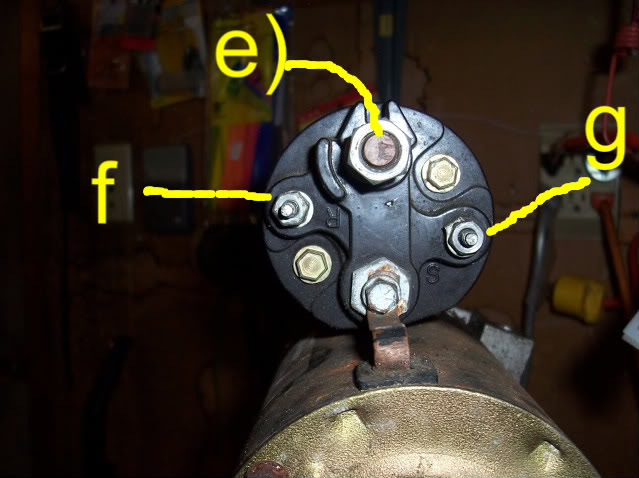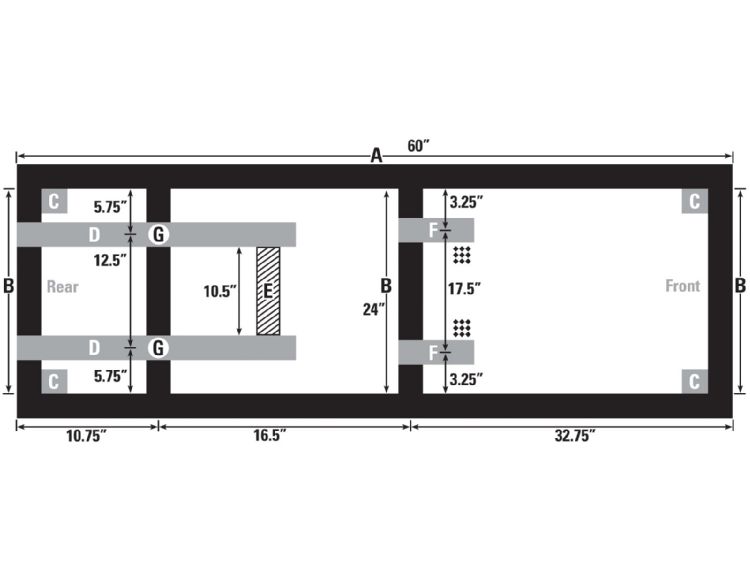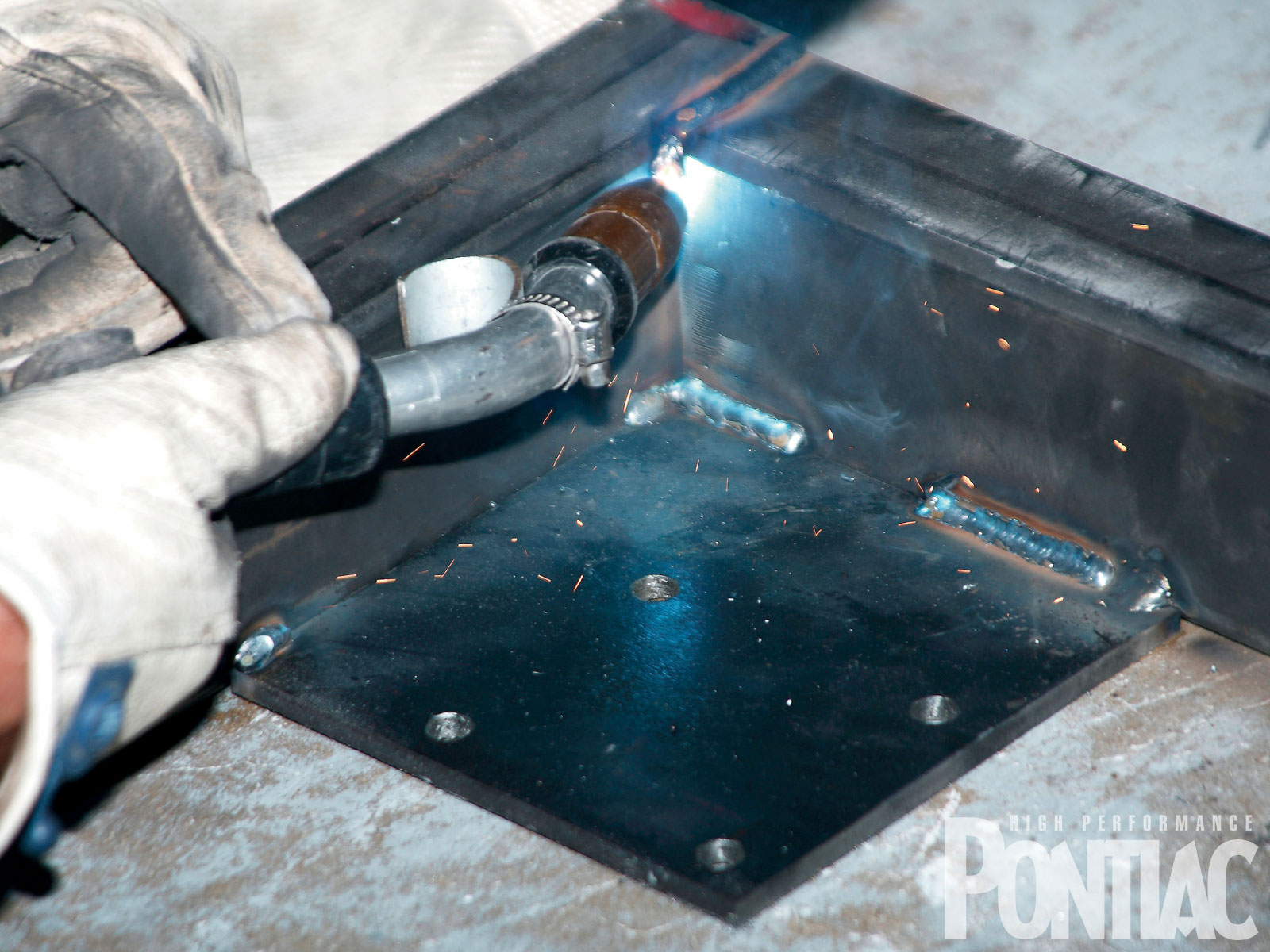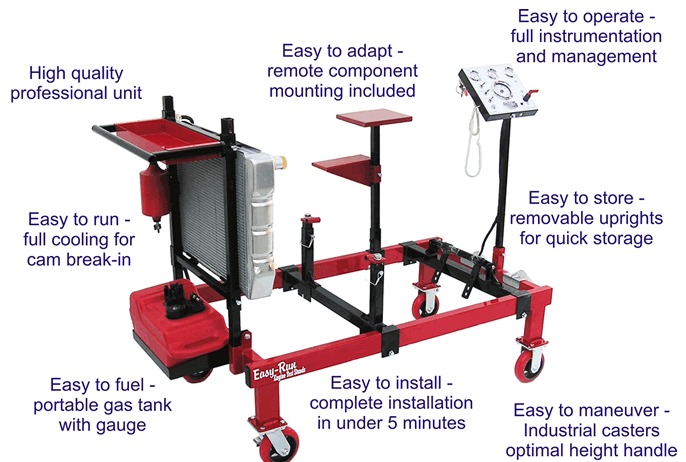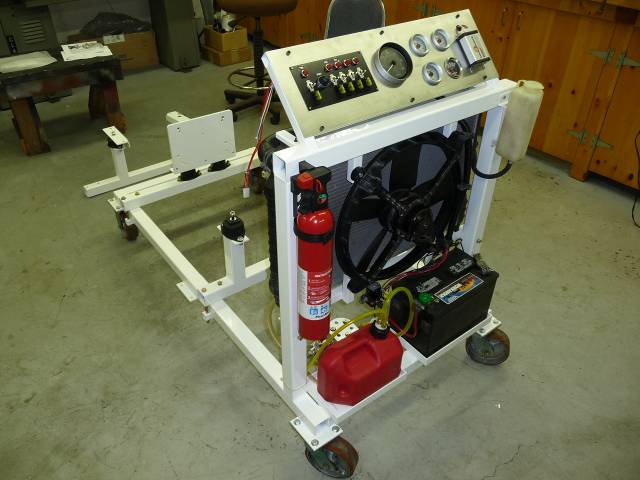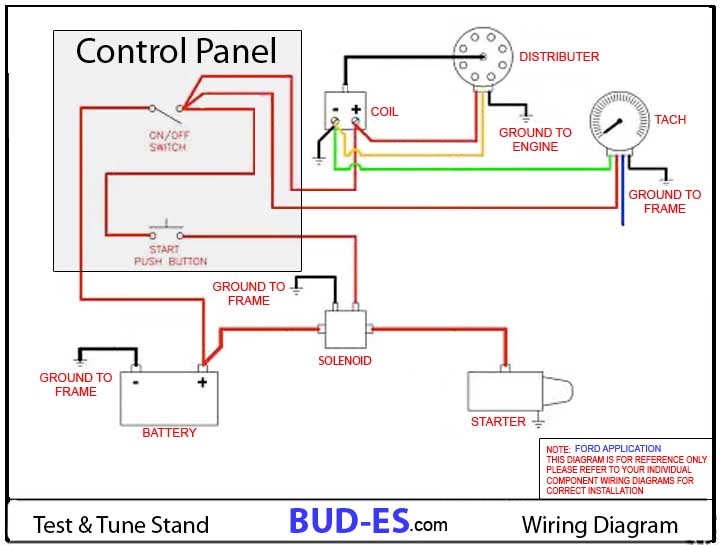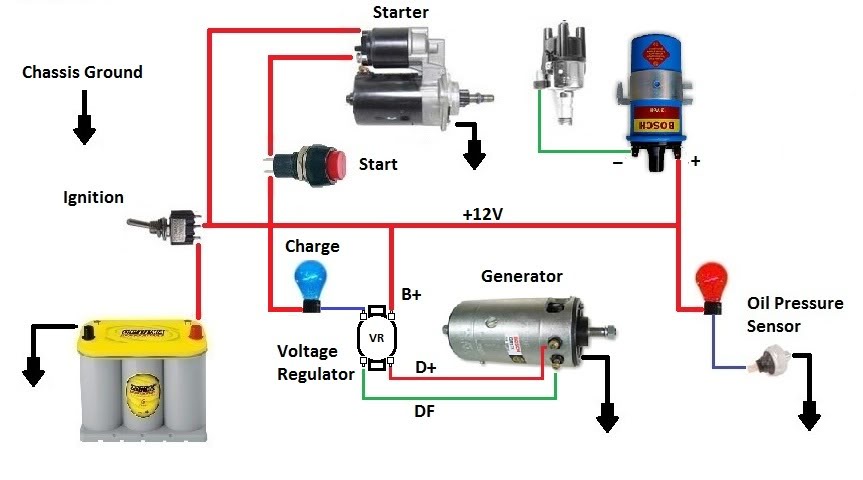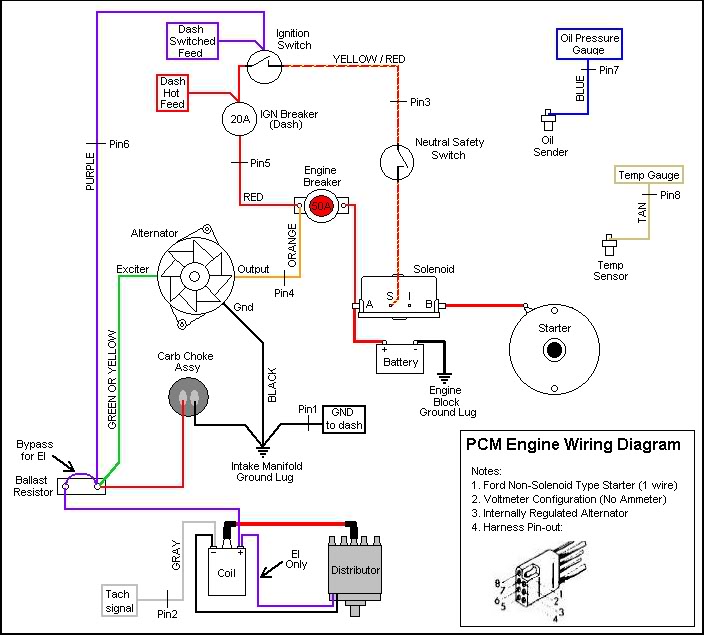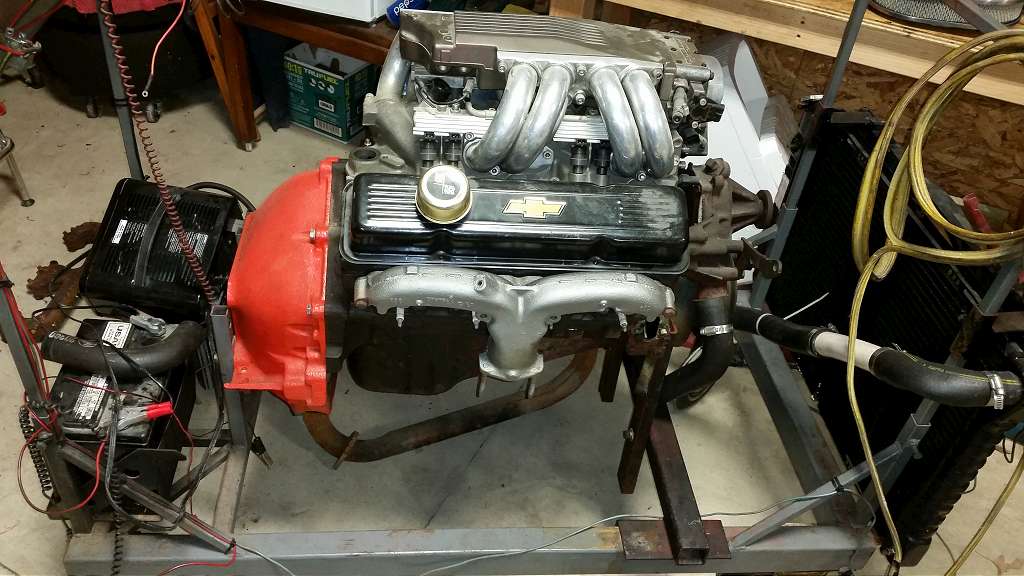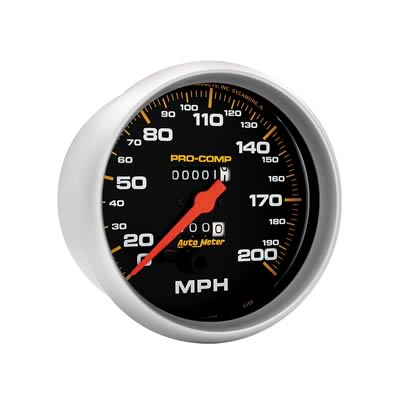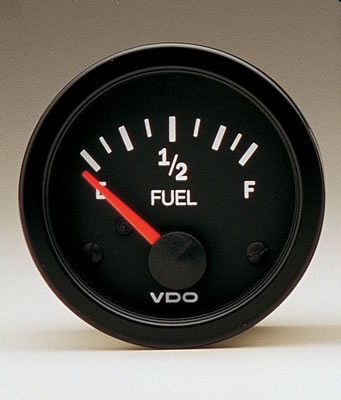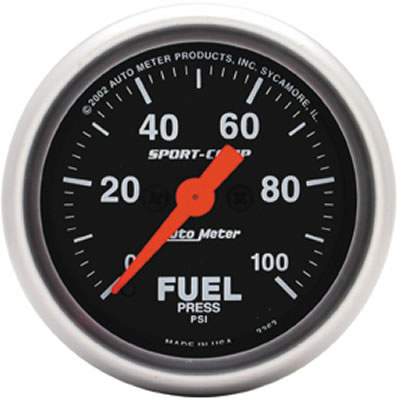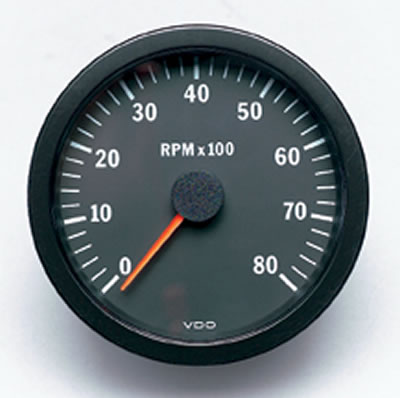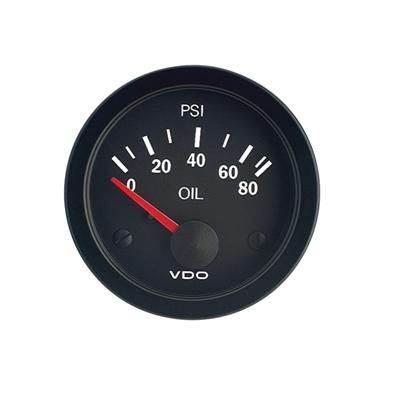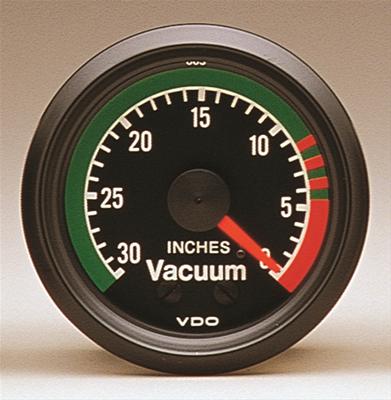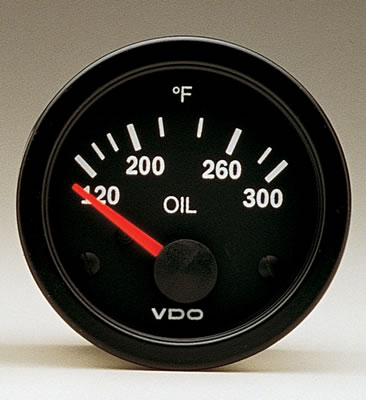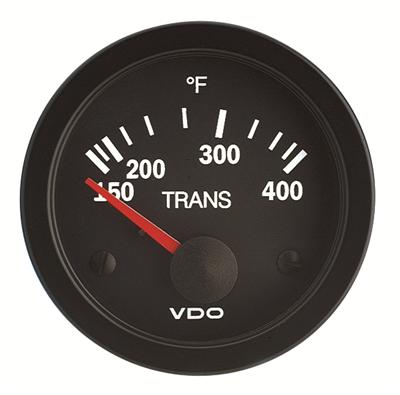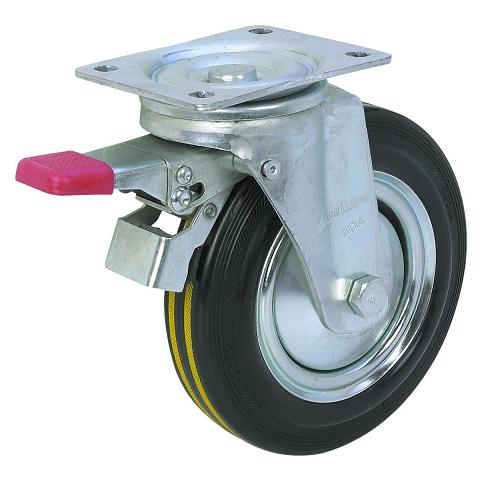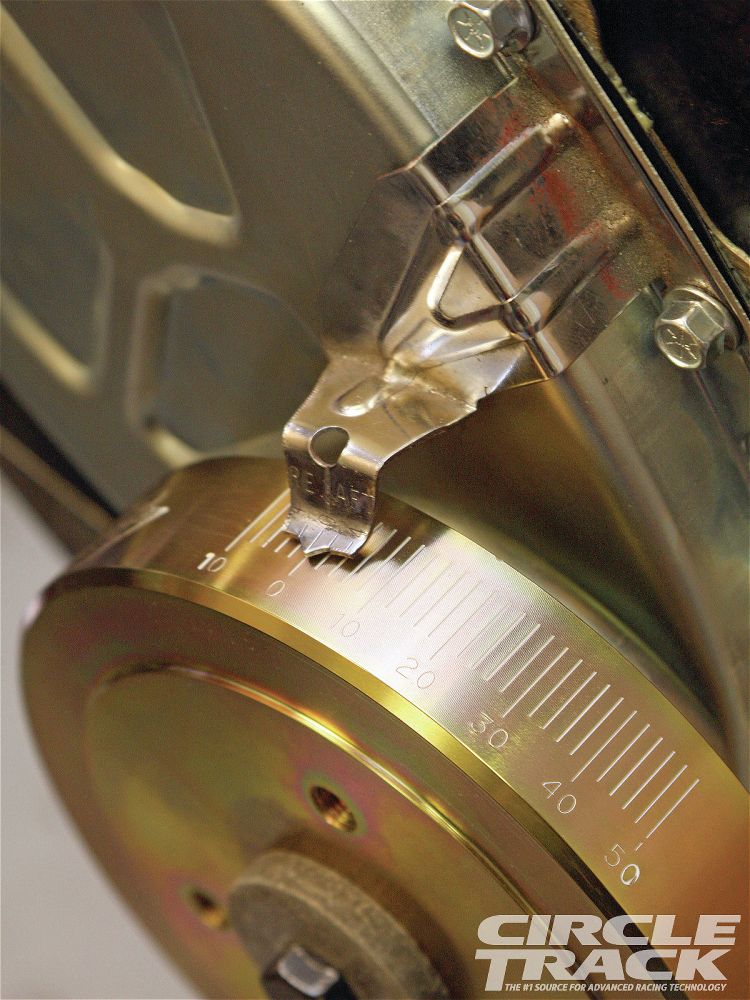honestly, if you've got a decent welder and a tape measure and some time, to kill, this is a reasonably easy project
, and it sure beats paying $2k
http://mycorvetterestoration.com/side-projects/engine-test-stand.php#.VZXATPlViko
http://www.hotrod.com/how-to/additional-how-to/hppp-1103-diy-engine-break-in-stand/
http://www.tommackieracing.com/projects/articles/engine-test-stand/
http://www.averagejoesautos.com/engineteststandpage.html
http://www.ebay.com/itm/Easy-Run-En...hash=item41985f6d11&item=281729264913&vxp=mtr
WATCH VIDEO,s
LOOK AT THE VIDEO THEN THE PRICES AND IF YOU OWN A WELDER AND CAN FABRICATE< AND SHOP CAREFULLY FOR GAUGES ETC. YOU CAN SAVE A GOOD DEAL OF MONEY
http://www.easy-run.net/
http://www.prwonlinestore.com/low-profilesetsaccessorizedunit.aspx
heres some basic design ideas from pictures
http://www.lainefamily.com/EngineStandProject.htm
http://www.mightymount.com/
http://www.hotstands.com/
http://www.rivasteststand.com/
http://www.fordmuscle.com/forums/tech-exchange/471021-homemade-engine-run-stand.html
viewtopic.php?f=80&t=728&p=9217&hilit=sensors+camaro#p9217
http://cgi.ebay.com/ebaymotors/Engi...Z230310166282QQptZMotorsQ5fAutomotiveQ5fTools
http://cgi.ebay.com/ebaymotors/SB-B...Z320324798487QQptZMotorsQ5fAutomotiveQ5fTools
IF i was going to fabricate one ID start with this
http://www.northerntool.com/webapp/wcs/stores/servlet/product_6970_406688_406688
ID buy (2) 3 ft long, and (2) 5 ft long sections of 1.5"x 3" box steel too weld as a base,
and about 20 feet of 1" x 2" box steel as uprights for the gauges, and radiator,battery box, ETC. into. plus a section of 1/8" thick 1ft x 2 ft aluminum diamond plate to mount the gauges,
ID buy (4) of these wheels
http://www.northerntool.com/webapp/wcs/stores/servlet/product_6970_200337096_200337096
and find a decent radiator from a salvage yard, Id get these gauges
http://store.summitracing.com/partdetail.asp?autofilter=1&part=ATM-4337&N=700+115&autoview=sku
http://store.summitracing.com/partdetail.asp?autofilter=1&part=ATM-4327&N=700+115&autoview=sku
http://store.summitracing.com/partdetail.asp?autofilter=1&part=ATM-4391&N=700+115&autoview=sku
http://store.summitracing.com/partdetail.asp?autofilter=1&part=AVM-30-4100&N=700+115&autoview=sku
http://store.summitracing.com/partdetail.asp?autofilter=1&part=ATM-4498&N=700+115&autoview=sku
http://store.summitracing.com/partdetail.asp?autofilter=1&part=ATM-4301&N=700+115&autoview=sku
http://store.summitracing.com/partdetail.asp?autofilter=1&part=NEX-15512&N=700+115&autoview=sku
for UNDER about $750 and most of thats the cost of GAUGES, and matched sensors you can have a decent engine stand built, the steels reasonably priced its the measurements and fabrication that takes time and precision
heres an example for ideas
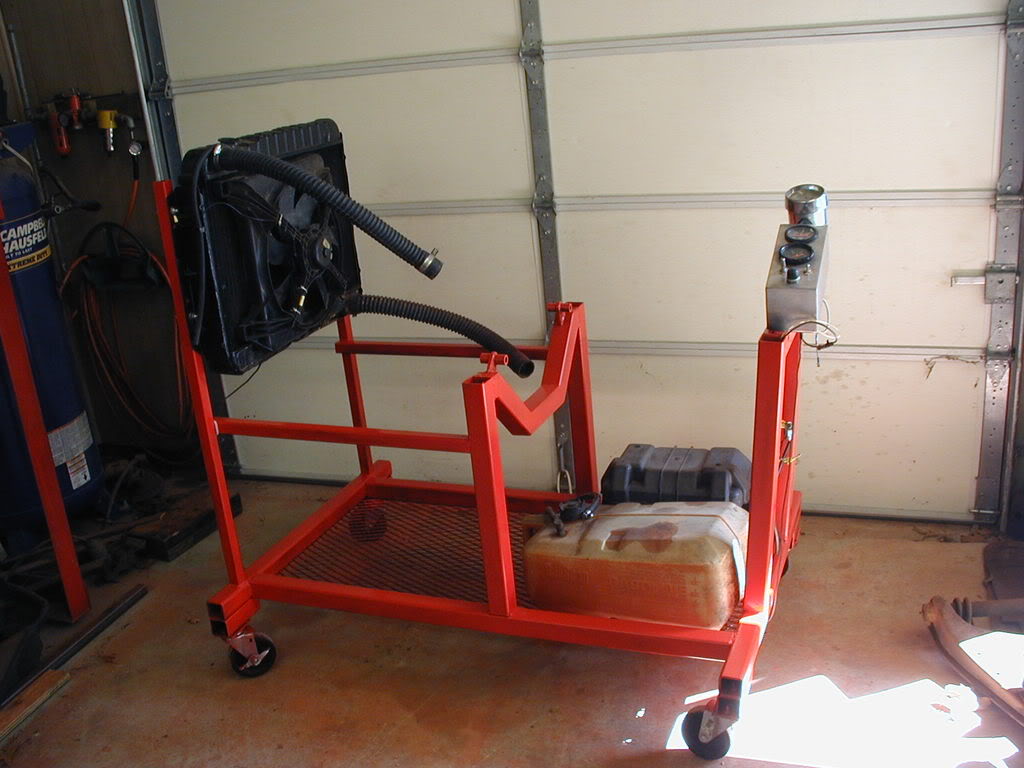

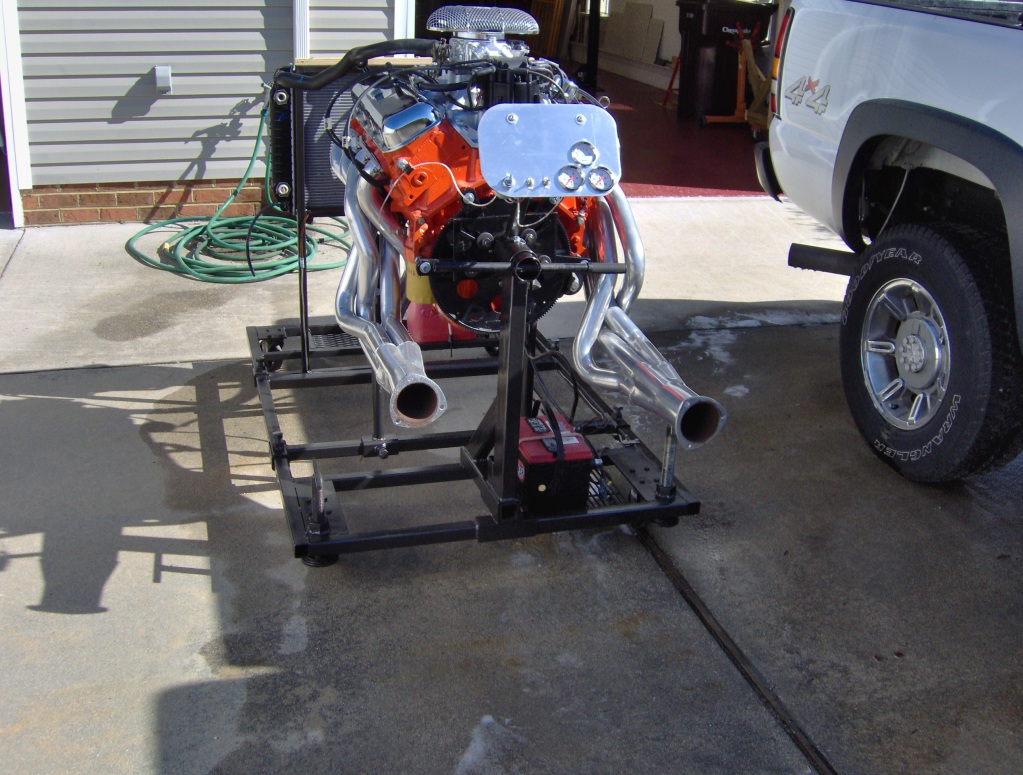

http://www.prw-usa.com/category/products/test-stands
, and it sure beats paying $2k
http://mycorvetterestoration.com/side-projects/engine-test-stand.php#.VZXATPlViko
http://www.hotrod.com/how-to/additional-how-to/hppp-1103-diy-engine-break-in-stand/
http://www.tommackieracing.com/projects/articles/engine-test-stand/
http://www.averagejoesautos.com/engineteststandpage.html
http://www.ebay.com/itm/Easy-Run-En...hash=item41985f6d11&item=281729264913&vxp=mtr
Do You Stop And Logically Isolate And Test Or Just Start Swapping Parts?
Honestly, I have to wonder at times about the thought process or in many cases the lack of thought and research that I see going on.I don,t know about the guys you might know, but it seems all too common for guys I know to find something amiss, or out of adjustment and they immediately just...
garage.grumpysperformance.com
WATCH VIDEO,s
http://www.easy-run.net/
http://www.prwonlinestore.com/low-profilesetsaccessorizedunit.aspx
heres some basic design ideas from pictures
http://www.lainefamily.com/EngineStandProject.htm
http://www.mightymount.com/
http://www.hotstands.com/
http://www.rivasteststand.com/
http://www.fordmuscle.com/forums/tech-exchange/471021-homemade-engine-run-stand.html
viewtopic.php?f=80&t=728&p=9217&hilit=sensors+camaro#p9217
http://cgi.ebay.com/ebaymotors/Engi...Z230310166282QQptZMotorsQ5fAutomotiveQ5fTools
http://cgi.ebay.com/ebaymotors/SB-B...Z320324798487QQptZMotorsQ5fAutomotiveQ5fTools
IF i was going to fabricate one ID start with this
http://www.northerntool.com/webapp/wcs/stores/servlet/product_6970_406688_406688
ID buy (2) 3 ft long, and (2) 5 ft long sections of 1.5"x 3" box steel too weld as a base,
and about 20 feet of 1" x 2" box steel as uprights for the gauges, and radiator,battery box, ETC. into. plus a section of 1/8" thick 1ft x 2 ft aluminum diamond plate to mount the gauges,
ID buy (4) of these wheels
http://www.northerntool.com/webapp/wcs/stores/servlet/product_6970_200337096_200337096
and find a decent radiator from a salvage yard, Id get these gauges
http://store.summitracing.com/partdetail.asp?autofilter=1&part=ATM-4337&N=700+115&autoview=sku
http://store.summitracing.com/partdetail.asp?autofilter=1&part=ATM-4327&N=700+115&autoview=sku
http://store.summitracing.com/partdetail.asp?autofilter=1&part=ATM-4391&N=700+115&autoview=sku
http://store.summitracing.com/partdetail.asp?autofilter=1&part=AVM-30-4100&N=700+115&autoview=sku
http://store.summitracing.com/partdetail.asp?autofilter=1&part=ATM-4498&N=700+115&autoview=sku
http://store.summitracing.com/partdetail.asp?autofilter=1&part=ATM-4301&N=700+115&autoview=sku
http://store.summitracing.com/partdetail.asp?autofilter=1&part=NEX-15512&N=700+115&autoview=sku
for UNDER about $750 and most of thats the cost of GAUGES, and matched sensors you can have a decent engine stand built, the steels reasonably priced its the measurements and fabrication that takes time and precision
heres an example for ideas



http://www.prw-usa.com/category/products/test-stands
Last edited by a moderator:

